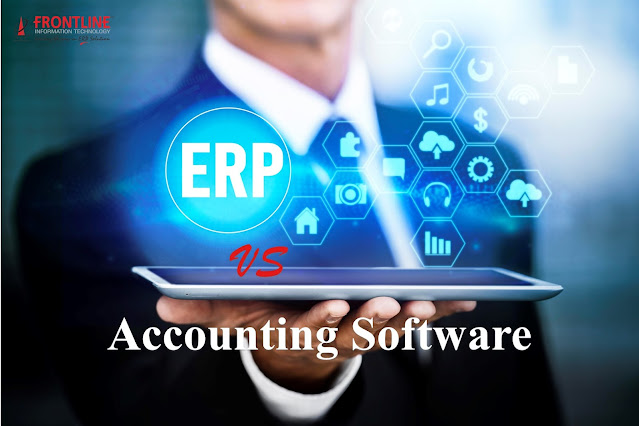The Five Ways to Achieve ROI in ERP
Most
ERP implementations fail because they cost more than expected and/or take more
time than expected. The concern should be that most projects also fail to
deliver the expected business benefits. ERP implementation failures are
commonly discussed in the media and feared by corporate executives.
Companies spend millions of dollars on their ERP initiatives, so it’s not
asking too much to expect that they fully take advantage of the potential
functionality of the software they implement. So what’s a CIO, CFO or project
manager to do? Here are a few things to consider if you’re truly focused on
driving ROI for your ERP implementation:
1.
Set the bar high for your ERP implementation. It’s
okay to shoot for the stars. Rather than operating out of fear – whether it be
fear of the project failing or fear of losing your job – try aiming for
something even higher, such as delivering a set of business processes and
related ERP functionality that will take your business to the next level. This
mentality can and should affect every aspect of the project, such as where you
focus your time and resources, how to bridge the gap between new technology and
your employees and other critical mindsets that will ultimately make your project
more successful.
2.
Focus on people and processes, not technology. Don’t
get caught up in the technological aspects of the implementation. ERP
vendors invest billions of dollars per year in R&D to make the cool
bells and whistles even cooler, but at the end of the day, the success (or
failure) of your project won’t have anything to do with these technical
features. Instead, it will come down to how well you handle business
process re engineering and organizational change management – the two most important
success factors for any ERP implementation.
3.
Don’t underestimate the cost, time and effort required for your ERP
implementation. While it is important to not become too
focused on implementation time and duration, you also have to remember that you
will never achieve your expected business benefits and ROI if you don’t make it
through your ERP project alive. When developing your project plan, don’t take
your ERP vendors’ proposed project plans and estimated costs at face value.
Instead, benchmark to other organizations, get someone – other than the vendor
– to estimate your project’s time and cost and develop a plan and budget that
makes sense for your organization. Setting realistic expectations early is the
first step toward a ROI-driven and successful ERP implementation.
4.
Understand where the finish line really is. Just
as marathon runners know that they are in for a 26-mile haul versus a 400-meter
sprint, successful ERP implementer know where the finish line really is.
Most organizations go into their ERP implementations with the expectation
that they are going to implement everything that their new ERP systems have
to offer. However, due to inadequate and misestimated time, budget and
resources, most organizations end up quitting the race early and never
realizing that expected functionality.
5.
Focus on the long-term alignment between your business and your new ERP
system. To take point #4 one step further,
successful organizations don’t ever really “end” their ERP implementations.
Instead, they focus on ensuring alignment as their businesses evolve over
time. The organizations that don’t institute this depth of focus end up
experiencing misalignment between their business operations and technology –
ultimately leading to a premature need to replace their systems. One of the
ways we help our clients create this actionable philosophy within their
organizations is to implement an ERP center of excellence that focuses on
continuously improving and keeping their ERP systems aligned over time.
While
success and full benefits realization is never guaranteed, this will help
ensure that you are one of the few organizations that does more than just
implement new ERP software. You will be one of the few that actually deliver
on-time and on-budget, while realizing the business benefits and return on
investment that you’ve expected all along.




Comments
Post a Comment